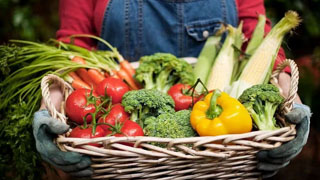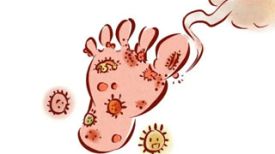
At present, the intake of high oil and fat foods, the reduction of exercise and other factors have greatly increased the incidence rate of hyperlipidemia in China. Hyperlipidemia has become one of the main risk factors for diseases such as coronary heart disease, therefore, public attention to hyperlipidemia is gradually increasing.
A reasonable diet is crucial for the prevention and treatment of hyperlipidemia.
Pay attention to the proportion of calorie and protein intake
When formulating a scientifically nutritious diet for individuals with hyperlipidemia, it should be designed based on the standards of protein content ranging from 10% to 15%, carbohydrate content ranging from 55% to 65%, and fat content ranging from 20% to 25%.
Hyperlipidemic patients generally need to undergo dietary restrictions, limiting their daily intake of calories, protein, etc. The calorie intake should be controlled at 600-700 kcal per day, and the protein intake should be controlled at 20-30 grams per day.
When the patient's condition improves day by day, the daily intake of protein can double, but it is necessary to control the total intake below 60 grams, and prioritize the selection of high-quality protein from fish and lean meat.
Eat less sugar, quit smoking and drinking
Hyperlipidemic patients should not consume high sodium, high potassium foods and sweets, and should quit smoking and drinking.
A low sodium diet should be maintained in daily life, controlling the intake of high sodium foods and consuming as many low sodium vegetables as possible, such as lettuce, bitter gourd, eggplant, etc. Eat low sugar foods such as cucumber, pumpkin, and leafy vegetables in moderation, and supplement with inorganic salts and vitamins appropriately.
Daily attention should also be paid to supplementing dietary fiber, which can help patients reduce the absorption of cholesterol. Foods rich in dietary fiber include oats, buckwheat, red beans, mung beans, kidney beans, soybeans, and various soy products (excluding fried soy products).
Patients with a history of gastrointestinal bleeding and hyperlipidemia should limit the consumption of difficult to digest, raw, cold, and highly stimulating foods.
Ensure diversity in fat intake
Control the intake of fat, with a daily intake of 40-55 grams of fat from various food sources (including cooking oil, animal foods, and nuts), 25-30 grams of cooking oil (about 3 teaspoons), and a small handful of nuts. Prioritize choosing "good fats" such as vegetable oil and deep-sea fish.
Fresh vegetables and fruits paired with miscellaneous grains
The daily intake of carbohydrates is about 225-300 grams, and it is best to mix rice with various grains and beans.
It is recommended to consume around 500 grams of vegetables per day, preferably dark colored vegetables such as purple cabbage, broccoli, spinach, lettuce, mustard greens, tomatoes, carrots, etc. It is recommended to consume 200-350 grams of fresh fruits per day, and choose low calorie foods such as apples, pears, strawberries, blueberries, mulberries, etc.
Keep your mouth shut and step forward even more
It is recommended that patients with hyperlipidemia engage in moderate intensity physical exercise 5-7 times a week, including brisk walking, running, swimming, mountain climbing, and ball sports, with each session lasting about 30 minutes.


